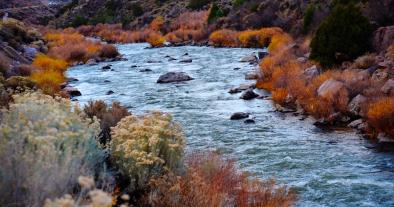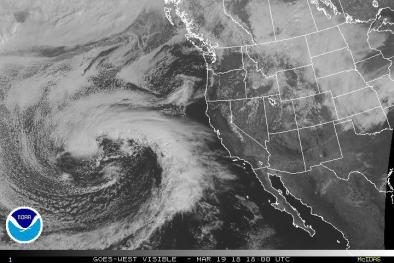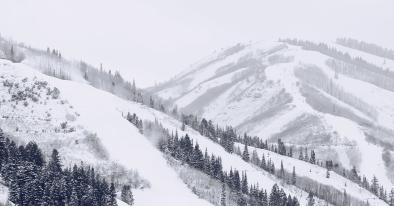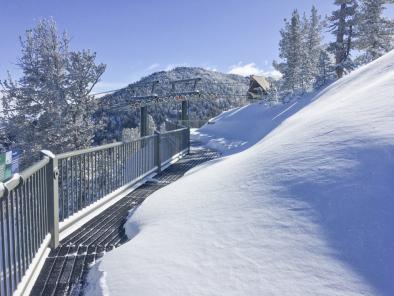Snow-starved West means ski towns face challenging winter
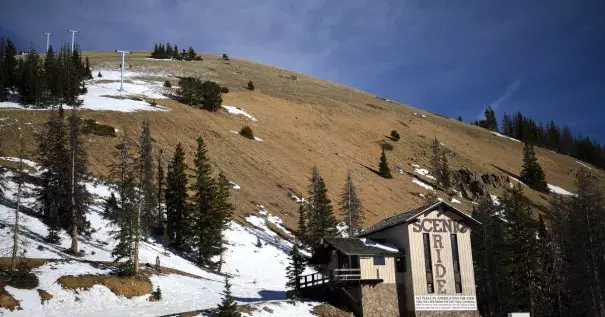
Over the past few weeks, much of the eastern United States has endured record-breaking cold temperatures and a blustery snowstorm called the “bomb cyclone.” But venture further west and you’ll find a different story: States like Colorado, Utah, and California are in the midst of a warm, dry winter that is affecting resort towns and worrying forecasters.
Colorado—one of the country’s most popular ski destinations, with about 13 million skier visits each year—has been especially hard hit. Overall, the state’s snowpack is only at about 50 percent of average, and towns like Telluride and Durango in southern Colorado are faring much worse than that. According to Telluride Ski Resort’s mountain report, the ski area has only received 26 inches of snow all season and as of January 8, only 16 percent of the mountain is open.
Throughout the West, winter’s slow start has distressed town residents who depend on skiing for their livelihoods.
...
A recent Utah Snow Survey stated that this year might be one of the worst on record, and in California the snowpack is about one-fourth of average, with some areas of the Sierra Nevada measuring as low as 3 percent of normal. Despite two hefty November storms that helped Mammoth Mountain build up a base, the popular California ski area experienced a snowless December.
If that doesn’t sound like enough snow to ski on, that’s because it’s not. Almost all of the open resorts in New Mexico, Arizona, Colorado, Utah, Nevada, and California are relying on man-made snow to operate. Snow guns run whenever temperatures are low enough, coating the easier and lower-altitude runs at ski areas.
...
Beyond the day-to-day effects of no snow, natural resources officials are concerned about what the lack of precipitation means for future drought. Areas of the Western Slope in Colorado are already officially in drought—as is much of southern Utah—and some worry that a bad snow year in California might throw the state back into its historic five-year drought, which ended after an exceptionally good snow season last year.
Dry conditions in winter could also mean increased fire danger next summer, a sobering thought in light of the recent wildfire events that ravaged Northern and Southern California.
It’s not all bad news, however. The reservoirs in California, Utah, and Colorado are plentiful thanks to last season’s above-average snowfall. And the snowpack in the Northern Rockies is much better than farther south. Despite a dry December, much of Wyoming has received good snowfall this season, and the snowpack in Montana, Northern Idaho, and Washington state is above average.
Related Content
